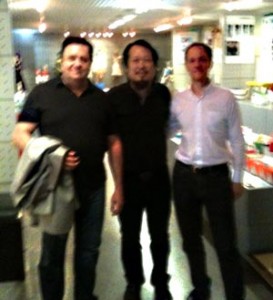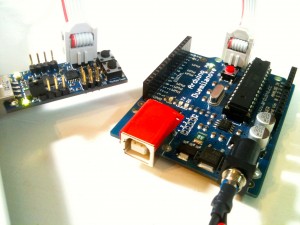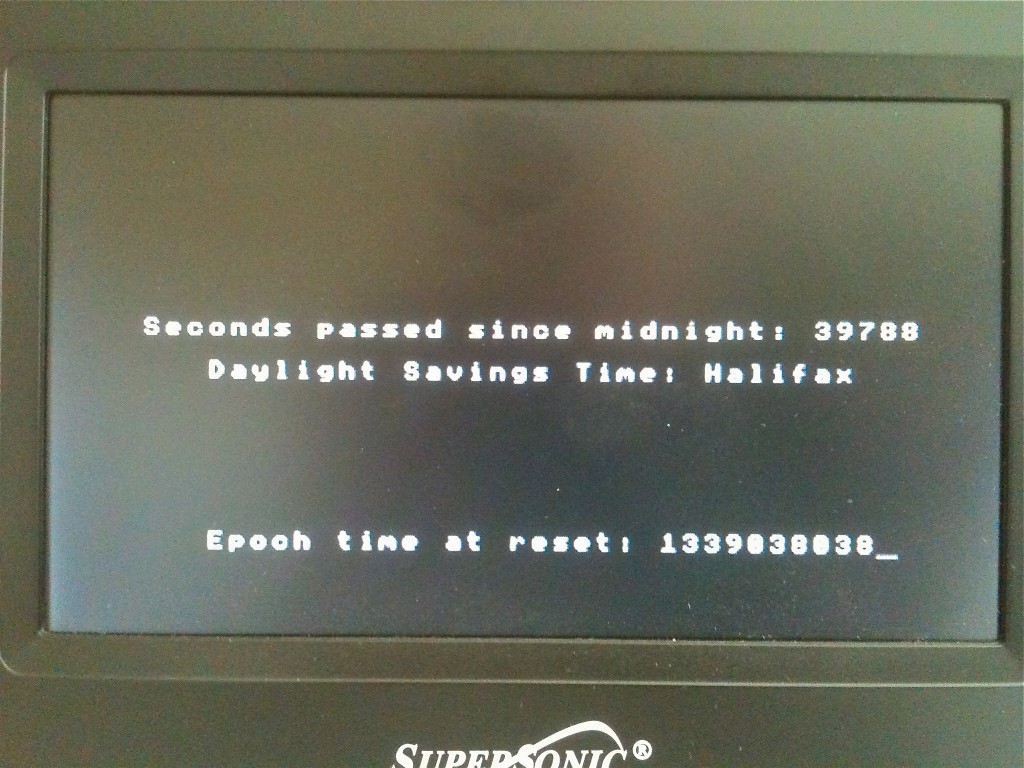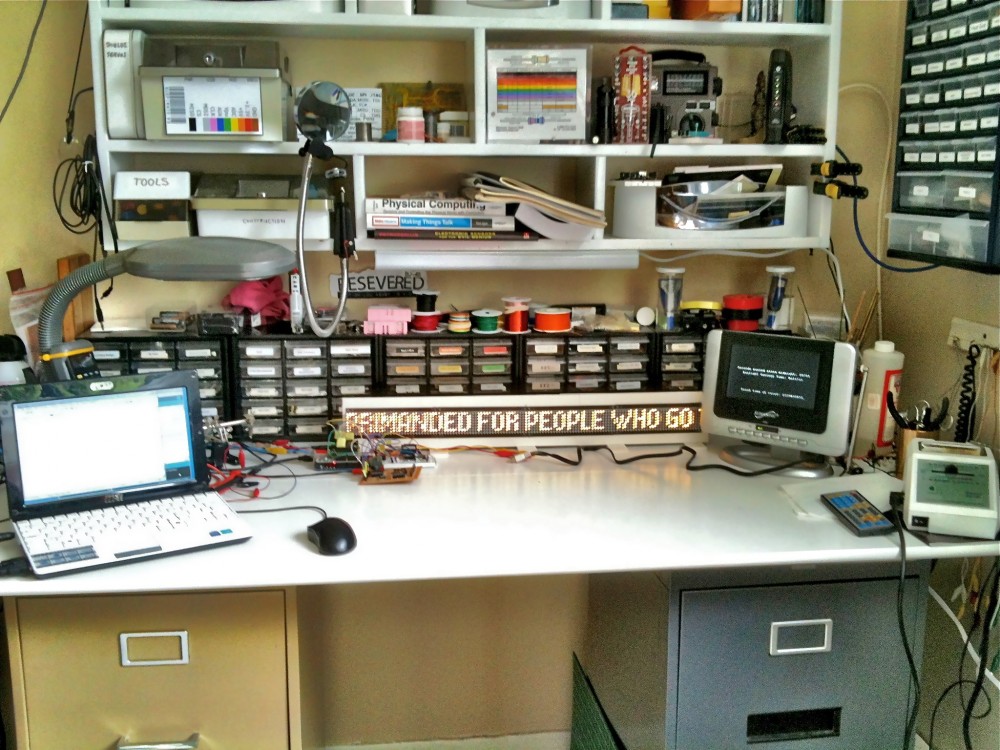
At the end of this month, I’ll embark on my ninth trip to China, to promote NSCAD and the MDES program in Beijing, Shanghai and Guangzhou. Last fall, while in the Pearl River Delta region, a small group of four of us took a 30-minute drive from our hotel — The “Good International Hotel of Guangzhou” * — to Foshan University. Foshan is the third largest manufacturing city in the Pearl River industrial region, after Guangzhou and Shenzhen. There I met Prof. Pei Jingang, Head of the School of Art and Design. Prof. Pei showed me a gallery full of student-made product design prototypes by students. The school has an arrangement with RMIT where students from Melbourne work with local Foshan manufacturers to develop prototypes of their designs. Some of these prototypes have even been manufactured, such as the set of steel cookware that was on display.
This year, I’ve been invited to stay on in southern China to conduct a workshop with the Foshan design students on developing a new design for an electrical power bar — the device that you plug into a wall that has 6, 8 or more sockets. These power bars are very useful when you have small electronics that use square adapters. The design problem is that the size of the adapters often prevents access to many of the remaining power outlets. Some excellent solutions are already on the market, notably power strips that have sockets that rotate or reconfigure in some way. As I say, some of these products solve the problem admirably, but one objection — one that will be settled over time and use — is that these movable socket contacts will eventually wear down, causing interruptions, sparking, or even fires. My idea is to accept that there will be large plug adapters and regular-sized plugs, and rather than providing a means to articulate and spread out the sockets, I propose to make more of them and fix them in a small space. I’ll double the density of the outlets by slot-sharing and interlocking the sockets at 0/90/180 and 270-degree angles. This fixed form will allow a greater flexibility in access. There are several consumer electrical manufacturers in the Foshan area and I hope one of them can be involved in the development process.
I’ll be in Foshan from November 14 to 23, and I’ll hopefully be able to give blog updates — GFC notwithstanding — on the progress of this project.
* Arriving from the airport, as our bus passed the hotel’s front gate, Jerzy Zawistowski remarked, in his dry Polish accent: “Finally! We get to a good international hotel!”





